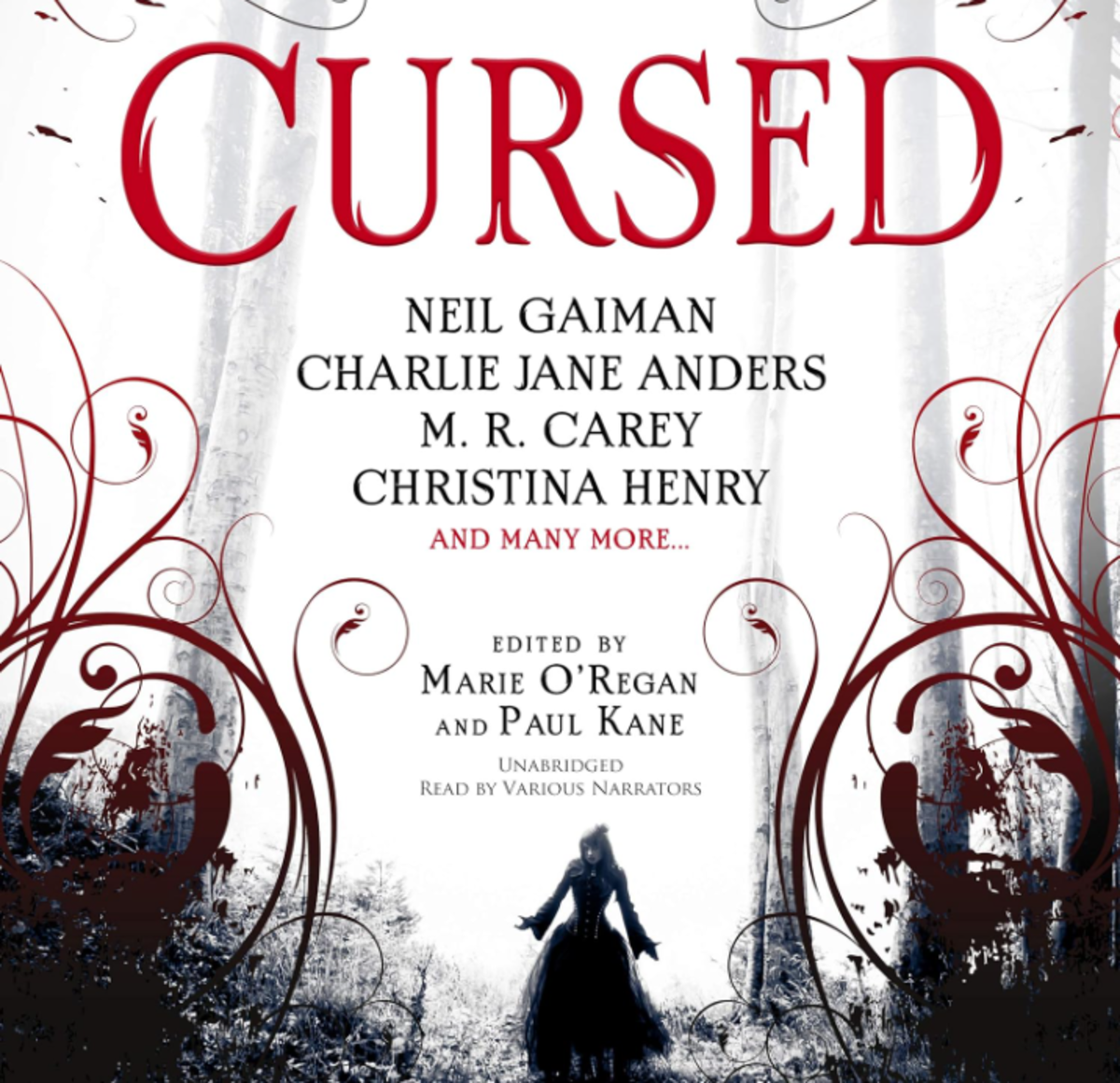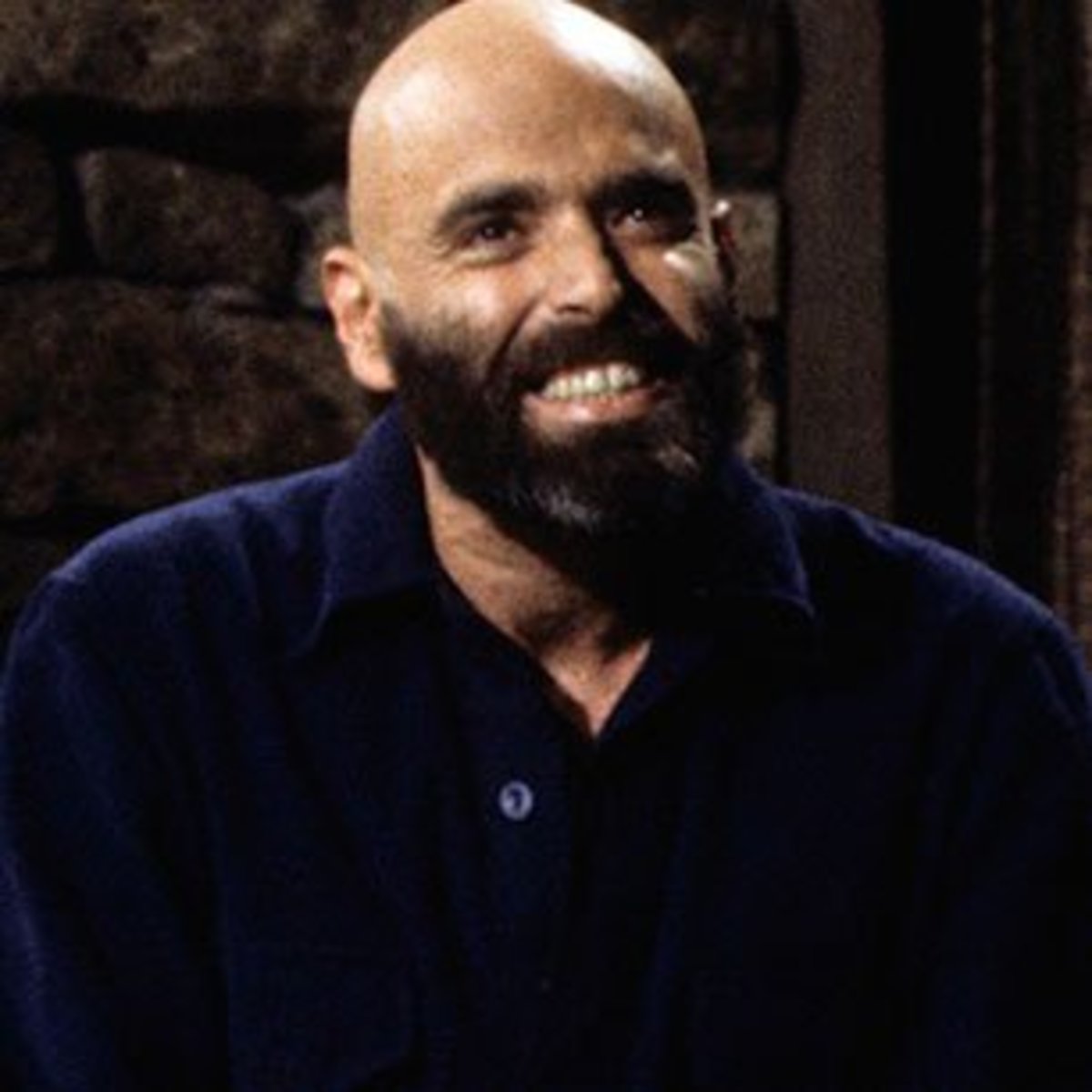Still Learning from Tuck Everlasting
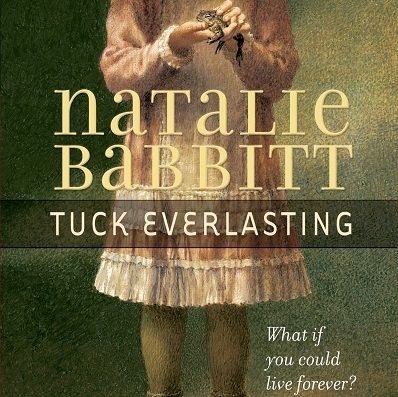
Lesson Plans and Reflections
I was preschool age when I got Baby Bear for my birthday. I had wanted him. He was to be my 'Bunk Bear's' baby. The night of my birthday, though, I cried and cried. It was because little pink-ribboned Baby Bear would never grow up. I would grow and become. But he would be a baby forever.
I thought about that recently as I was perusing Tuck Everlasting and came to the page where that everlasting Mae Tuck explains her reasons for kidnapping young protagonist Winnie: If the Tucks had let Winnie drink from the spring on her own property, there would have been a consequence. She would have been a little girl forever. A little girl all her life -- and a little girl forever.
I thought about Baby Bear, who didn't make it to forever. I thought also about the passing of time in the mortal world. My elder niece is entering fifth grade. She told me recently we would need to put aside the book we had been reading together because she had books she needed to read before school started up again. She would read to me from Tuck Everlasting.
The book seems so mature! We had come a long way from Charlotte's Web, and the lives and deaths of spiders. But my niece is getting to the age to tackle stories such as this. Children do think about human life and death and about what it would be like if the world were different.
Although it has often been taught in middle school, Tuck Everlasting was chosen as a Common Core selection for the fourth and fifth grade band. A lot of students will tackle this book when they are (like Winnie) ten years old.
Plot
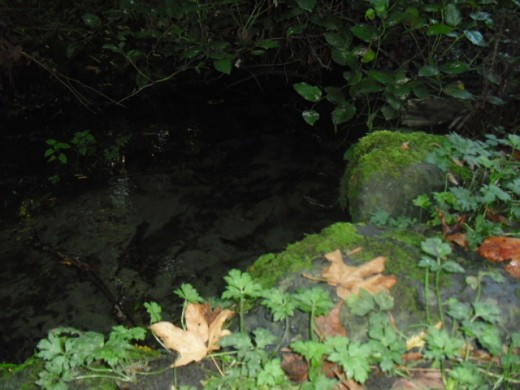
The year is 1880. Winnie is ten, nearing eleven. She feels her life is stifling and ponders running away -- for a bit of adventure at least. Soon after striking up a conversation with an older boy, Jesse Tuck, she is whisked away by the Tucks and their horse. The Tucks tell her that they snatched her (temporarily) because they could not let her drink the water she was about to drink. Then she too would have been everlasting. The Tucks and their horse had drunk the creek water when they first came to this land. It took them years to realize: The water made them so they could not die.
The elder son, Miles, had married and started a family by that time. It was not to last. His wife, spooked by a man who appeared forever 22, eventually left him, taking the children with them. The Tucks have never been able to stay in one place too many years: Before long, people would recognize something was amiss.
Winnie is told the story because she has to know. The story is overheard by someone whose grandmother knew Miles' wife: someone who qualifies as a veritable bad guy. He has a plan to market the water, to force Winnie to drink it... and before long we've got a dead bad guy, a Tuck-turned-murderer, and tough choices all around. One member of the Tuck family thinks Winnie should drink the immortality water -- not now, but when she, too, reaches the grand age of seventeen. Jesse sees in Winnie's entry into the Tuck family secret the possibility of a different life.
Most of the story takes place in a very short time frame in 1880. But the Tucks and their immortal horse roll into town again in 1950. And they find...
They find, it can be argued, what they need to find.
Preparing to Read
Different editions give a different introduction to the book. This one shows us the setting: a time period that children may know as Victorian or pioneer. It may also raise some questions. Children may wonder why, when the book purports to be about Tuck, they see a girl on the cover. Some may speculate, incorrectly, that the toad is Tuck.
A question to ask at the onset: What does "everlasting" mean?
From Basic Comprehension to Considering Author's Choices
Strategy: Thinking Out Loud
Author Natalie Babbit has a habit of tossing out details that surprise us and make us wonder. Sometimes a bit of the mystery is cleared up in the next few pages -- oh, but there's more to keep the questions coming!
I like to read the first few pages of a book out loud even if the students will be tackling most of the reading on their own. It can pique their interest; it can also be a chance to model thought processes and how one can monitor comprehension by asking and answering questions. The first few pages of Tuck Everlasting can leave even an adult feeling like they're trying to put together a puzzle. The think-aloud is a chance to acknowledge this.
In the second (very short) chapter, we are introduced to the elder Tucks. The father, when unwillingly awoken, has been dreaming that they were all in Heaven and had never come to the little town of Treegap. Now that has got to make kids wonder! By the end of the chapter, we know that the Tucks have looked the same for 87 years. But that leaves us with a big question: Why?
Keeping track of the teasers -- and the answers -- can do more than help kids with basic comprehension. The more advanced students can also contemplate the author's choices.
Babbit wants to keep those kids turning pages. So what do they think: Did she put in all those teasers when she was first drafting the story or did some of them get added in as part of the revision process? (And do any of the students want to attempt the same strategy in their fiction narratives?)
Themes in Tuck Everlasting
Tuck Everlasting is ripe for exploring theme. Children's thoughts on immortality and other themes can be recorded on giant Post-Its or sheets of chart paper. 'Immortality' -- the most obvious choice -- might be posted even before reading gets underway. 'Responsibility' is another good one.
Other themes may be suggested by children. Suggest to students that themes are big ideas and that sometimes they are summed up by a single word; more often, though, we use sentences, paragraphs, even essays to share our thoughts about theme.
Schmoop has a list of one-word themes for Tuck that may spark some charts.
Grade Level (and Maturity Level)
When are students ready to tackle Tuck Everlasting?
Using Acting as Motivation for Close Reading
And Oral Presentation as Motivation to Study Sentence Structure
There's a lot in Tuck Everlasting that children may miss: humor, irony, clever turns of phrase -- and in some cases, basic plot details. Sticky notes are helpful. Acting can also motivate kids to do a close reading of a text. The children could work on skits when they have finished required daily work. (When acting works, it works! In some classrooms in Seattle, the doors are open at literacy time, and children can be seen working in groups on various projects out in the hallway.)
There are a lot of quick-paced scenes that would work for skits, for example, when the Tucks gallop off with Winnie, and Mae calls out that they are teaching their little girl to ride. There are also some scenes I would make off limits. Violence, no. Killing, definitely not.
Tuck Everlasting has the kind of beautiful, evocative language that makes it a worthy read even for adults. It's partly a matter of sentence structure. Some children may want to present favorite lines orally to the class. This can be motivation to delve deeply into phrasing and the effects it creates.
Practicing Text Support
Prove that Winnie is a caring person. Tell three specific things that she does that display her caring nature.
Text to Text Connection: Keepsake Mill
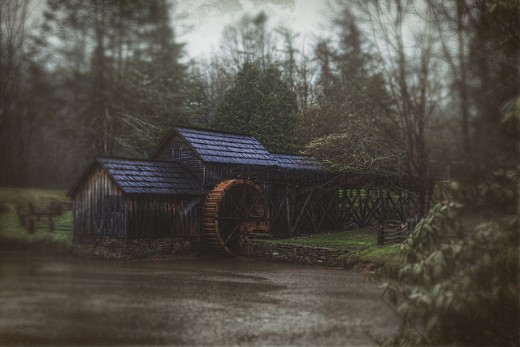
Comparison and contrast of themes shows up repeatedly in the CC ELA literacy standards; comparison among works of different genres is emphasized at a higher grade level than comparison among works of the same genre.
Robert Louis Stevenson's Keepsake Mill could be paired with Tuck Everlasting. In the classic poem, time passes, and only the roaring and foaming of the mill seems to last forever. The people all grow from childhood to old age.
A similarity to note: Both novel and poem have images that recur again and again. A question to pose: What is it that we see, or hear, again and again in the poem? What is it that we see or hear again and again in the novel?
Children may observe that both texts include, among other things, images of water. Both are connected with something that lasts a long time and that at least seems to last forever. However, there are some big differences. Robert Louis Stevenson's images may well have come from real life. The reminder they bring may be sad, but it's not spooky.
A further comprehension question: Would Tuck want to trade places with the poem's narrator? Are there any characters who might not?
Symbols and Motifs
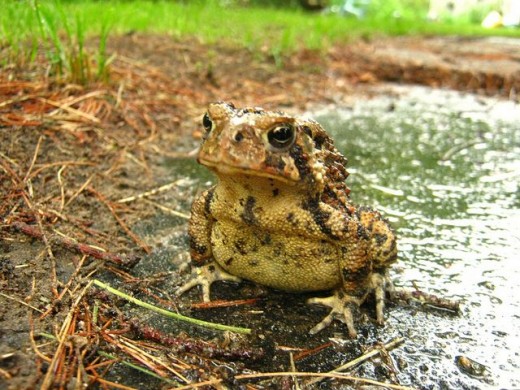
Tuck Everlasting includes objects and images that show up repeatedly. Some may be motifs rather than symbols. They don't necessarily rely on some preconceived association or meaning. It might be hard to explain, in a sentence, what they mean. Still, they are there for a purpose, which might be to tell us that something is afoot or to bring a sense of completion. The toad appears at the beginning and end of the story. One function might be to tie the beginning and ending together. Some children may have, as part of their writing curriculum, written pieces where they 'wrote in a circle' or included some common element in the beginning and ending.
Text to Self
Choose something that means something to you or that did when you were younger. It could be a toy. It could be a place, like school. Include it in two or more scenes.
Challenge: Can you show how it means something different at different moments in time? (Maybe once it was precious and now it isn't. Maybe once it represented being a big kid and now it's commonplace. Maybe once it was associated with winning and now it's associated with losing.)
More Lesson Plan Ideas for Tuck Everlasting
- Glencoe Study Guide
This is from the publisher! Glencoe/ Macmillan has provided a wonderful study guide that includes background as well as student handouts. It lets the teacher/ students know what difficult vocabulary is coming up. - Unit Guide: Grade 4
The Massachusetts Department of Education has created a unit guide with comprehension question for grade 4. Go to "Model Curriculum Units" and scroll down to grade 4. - Global Read Aloud Archives
The Global Read-Aloud is an ambitious project: children in many classrooms listening to the same book at the same time. Tuck Everlasting was a 2011 selection. The 2011 archives gives you a chance to view a lot of student work!
Critical Thinking
Toward the end of the book, Winnie saves a toad's life by pouring the water that Jesse gave her onto it. She tells herself that if she does opt for immortality, she can get more water from the spring.
Does her act have any meaning -- besides saving the toad? Would she be more likely to use the water if she had kept the vial?
Considering Showing the Movie?
More Teacher Resources for Tuck Everlasting






